From France to the U.S. and Japan, World Powers Reel from Political Turmoil
Input
Changed
France Passes No-Confidence Motion Against Prime Minister François Bayrou Japan’s Prime Minister Shigeru Ishiba Steps Down U.S. Struggles With Trump-Led Tariff War

The French parliament has passed a no-confidence motion against Prime Minister François Bayrou, marking a repeat of the political turmoil that brought down Michel Barnier’s cabinet just nine months ago after it forced through an austerity budget. Beyond France, discontent with governments has also been mounting recently in other major countries, including Japan and the United States.
Bayrou Cabinet Collapses
On the 8th (local time), France’s lower house of parliament held a confidence vote on Prime Minister François Bayrou’s government over its proposed austerity budget. Of 574 lawmakers, 558 cast ballots, with 364 voting against and 194 in favor, easily surpassing the 288 votes needed to pass the no-confidence motion. The Socialist Party, left-wing allies, and the far-right National Rally (RN) all voted against Bayrou, while only the ruling Ensemble coalition and a handful of conservatives backed him. As a result, Bayrou and his cabinet are expected to submit their resignations to President Emmanuel Macron on the morning of the 9th.
In July, Bayrou unveiled a €44 billion ($47.6 billion) austerity package that included cutting public holidays and freezing welfare and pension payments. The plan aimed to shrink France’s budget deficit—nearly 6% of GDP—to below 3% by 2029. But with provisions freezing nearly all government spending outside defense and scrapping public holidays, the measures triggered a fierce backlash. The left-wing France Unbowed denounced the program as “regressive austerity,” while the far right attacked it for raising electricity bills and household costs. Facing mounting criticism, Bayrou himself called for a confidence vote on September 25, saying he wanted to “force the public to confront the harshness of reality.”
With Bayrou’s ouster, Macron must now appoint his fifth prime minister in just two years. Since the resignation of Élisabeth Borne in the summer of 2023, neither Gabriel Attal, Michel Barnier, nor François Bayrou has been able to remain in office, each toppled by clashes over budget and fiscal policy. Bayrou’s predecessor, Barnier, fell last December after pushing a social security budget through parliament using Article 49.3 of the constitution, which led opposition parties to pass a no-confidence motion.
Ishiba Steps Down as Japan’s Prime Minister
What stands out is that France is not alone—similar turmoil is unfolding in other major countries. In Japan, Prime Minister Shigeru Ishiba recently announced his intention to resign, adding to market uncertainty. On the 7th, Ishiba told a press conference, “I hope procedures will begin to elect a new (Liberal Democratic Party) president.” The LDP was set to decide on the 8th whether to hold an early leadership election, as pressure mounted within the party for Ishiba to step down following its losses in last year’s lower house election and again in the upper house race this July.
Explaining his decision, Ishiba said calls for an emergency leadership contest risked “causing decisive division within the party,” and he confirmed he would not run in the next election. Negotiations with the United States over tariffs were also seen as a factor. With the talks concluded, Ishiba considered it the right time to hand over power, noting that while the deal was struck soon after the election, he could not immediately resign because the agreement had not yet been finalized by presidential order.
Markets quickly priced in the political shift. Investors now expect Japan’s fiscal policy to turn more expansionary under Ishiba’s successor, who is likely to pursue freer government spending. On the 8th, the yield on 30-year Japanese government bonds rose 6 basis points (0.06 percentage points), returning to the record highs reached last week. Meanwhile, the spread with 5-year bonds widened to levels rarely seen in other major economies.
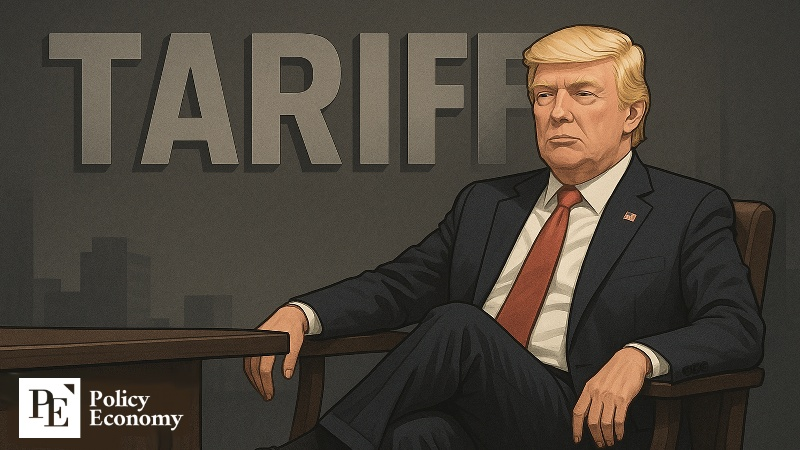
The Flip Side of Trump’s “Tariff War”
In the United States, public anger is mounting against President Donald Trump as his tariff policies roil markets across the board. Despite widespread backlash, Trump continues to push ahead with his hardline trade agenda, convinced that tariffs are the “key lever” to reducing the federal deficit.
On July 23, the Congressional Budget Office (CBO) projected that if current tariff measures remain in place, the U.S. federal deficit could shrink by $3.3 trillion over the next decade, with interest payments on federal debt reduced by $700 billion. This marked an upward revision from its June estimate of a $2.5 trillion deficit reduction and $500 billion in lower interest payments.
Yet the scale of America’s debt underscores the challenge. According to the Treasury Department, federal debt now stands at $37.18 trillion, having surpassed the $36 trillion mark just eight months earlier in late November. And with the passage of Trump’s flagship “One Big Beautiful Bill Act (OBBBA),” which reflects both his campaign promises and core policy agenda, the deficit is projected to swell by an additional $3.4 trillion over the next decade. Securing new revenue has thus become critical to fiscal stability.
The problem, however, is that tariff revenue is failing to keep pace with the ballooning deficit. Over the first 10 months of the current fiscal year, the U.S. collected $135.7 billion in tariff revenue—up 116% from a year earlier. But in the same period, spending on government healthcare programs, including Medicare and Medicaid, rose by $141 billion; Social Security outlays climbed by $108 billion; and interest payments on public debt expanded by $57 billion. In effect, tariff revenues have not come close to offsetting the surge in federal spending.


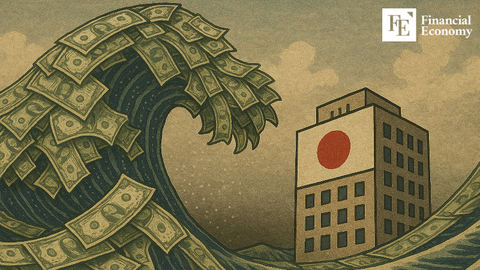
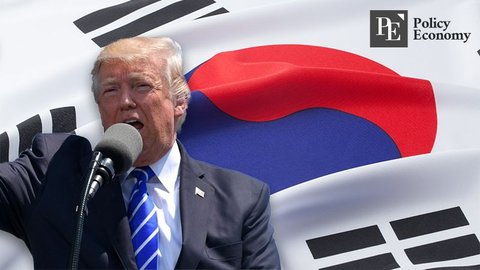

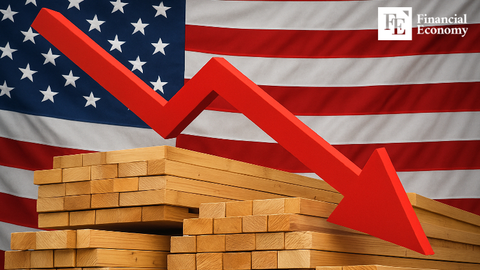

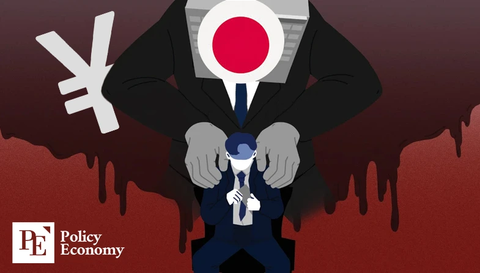














Comment